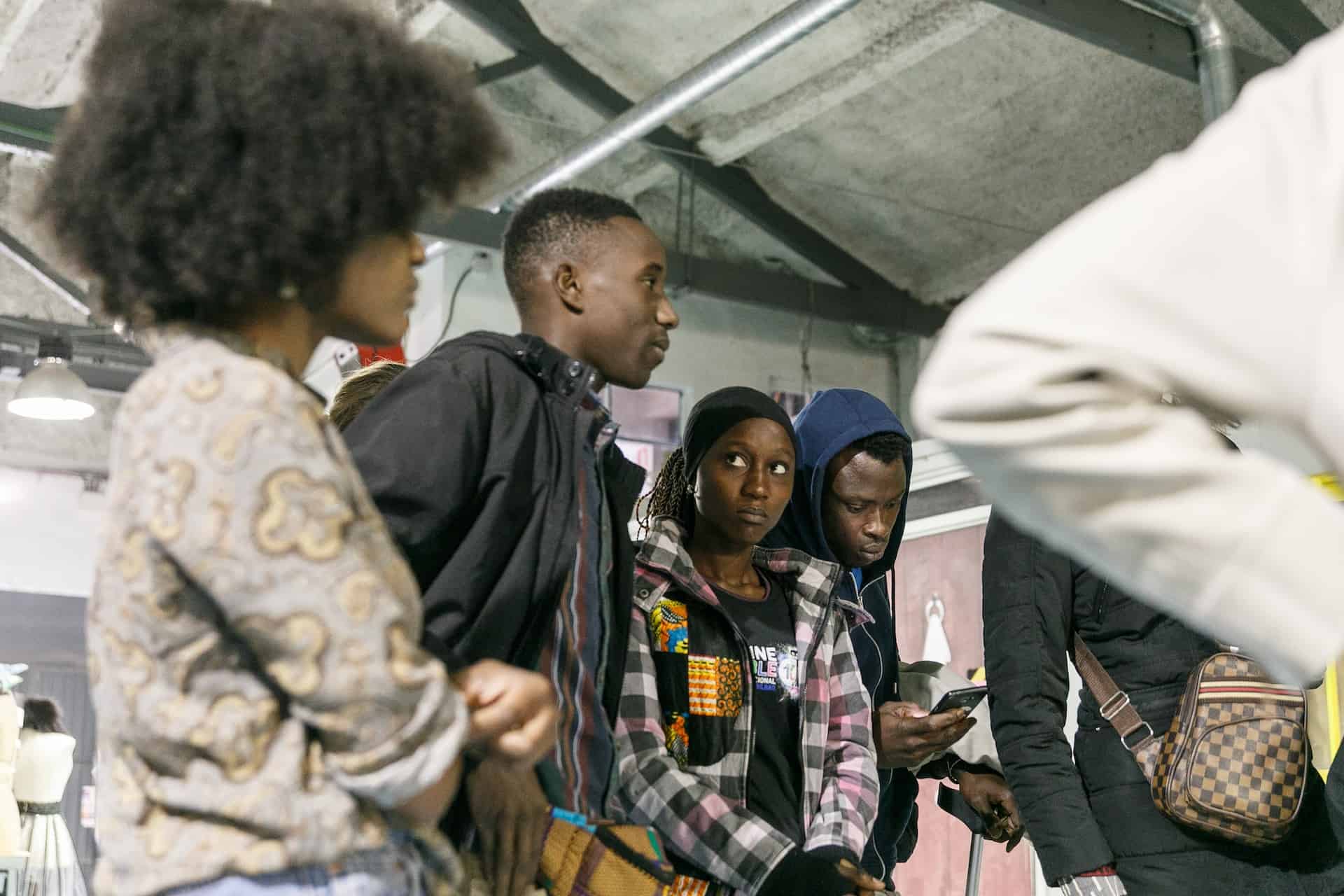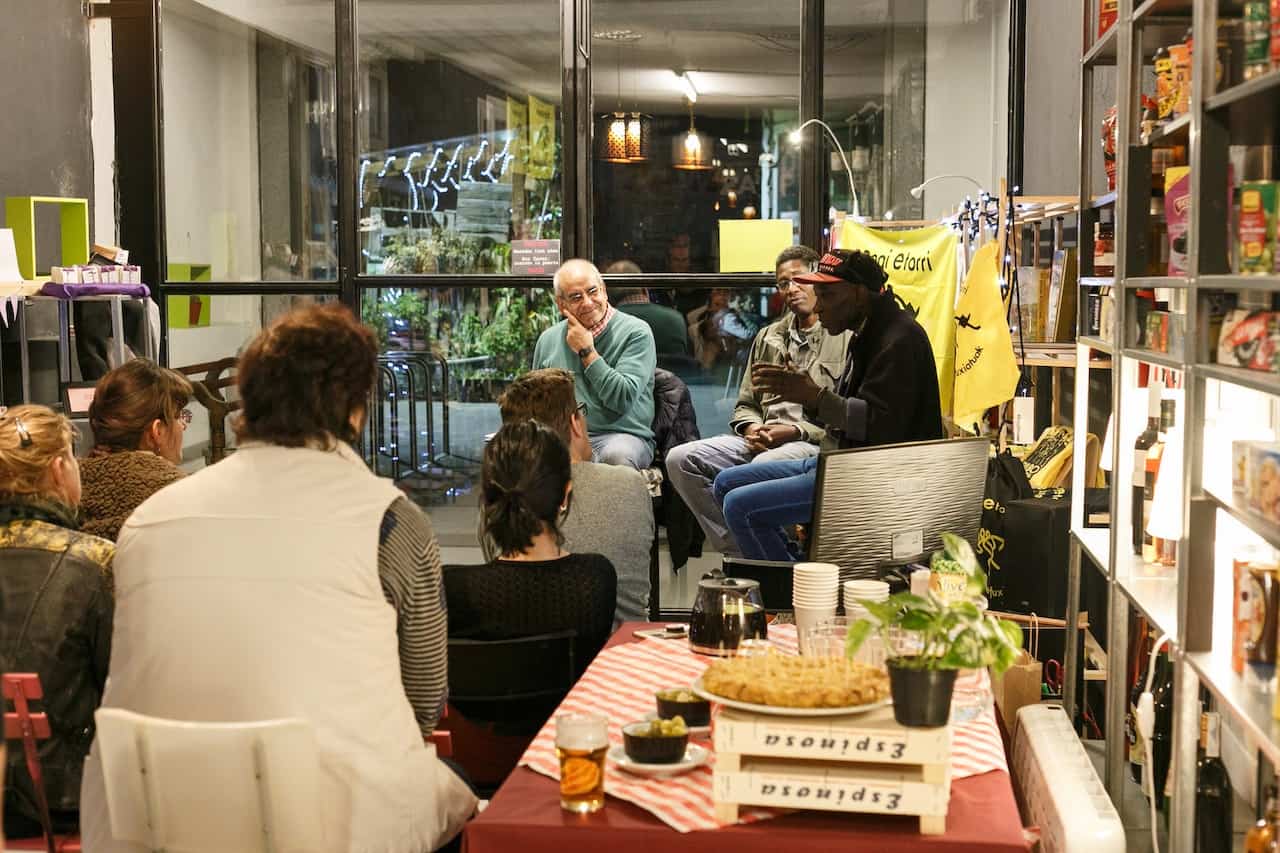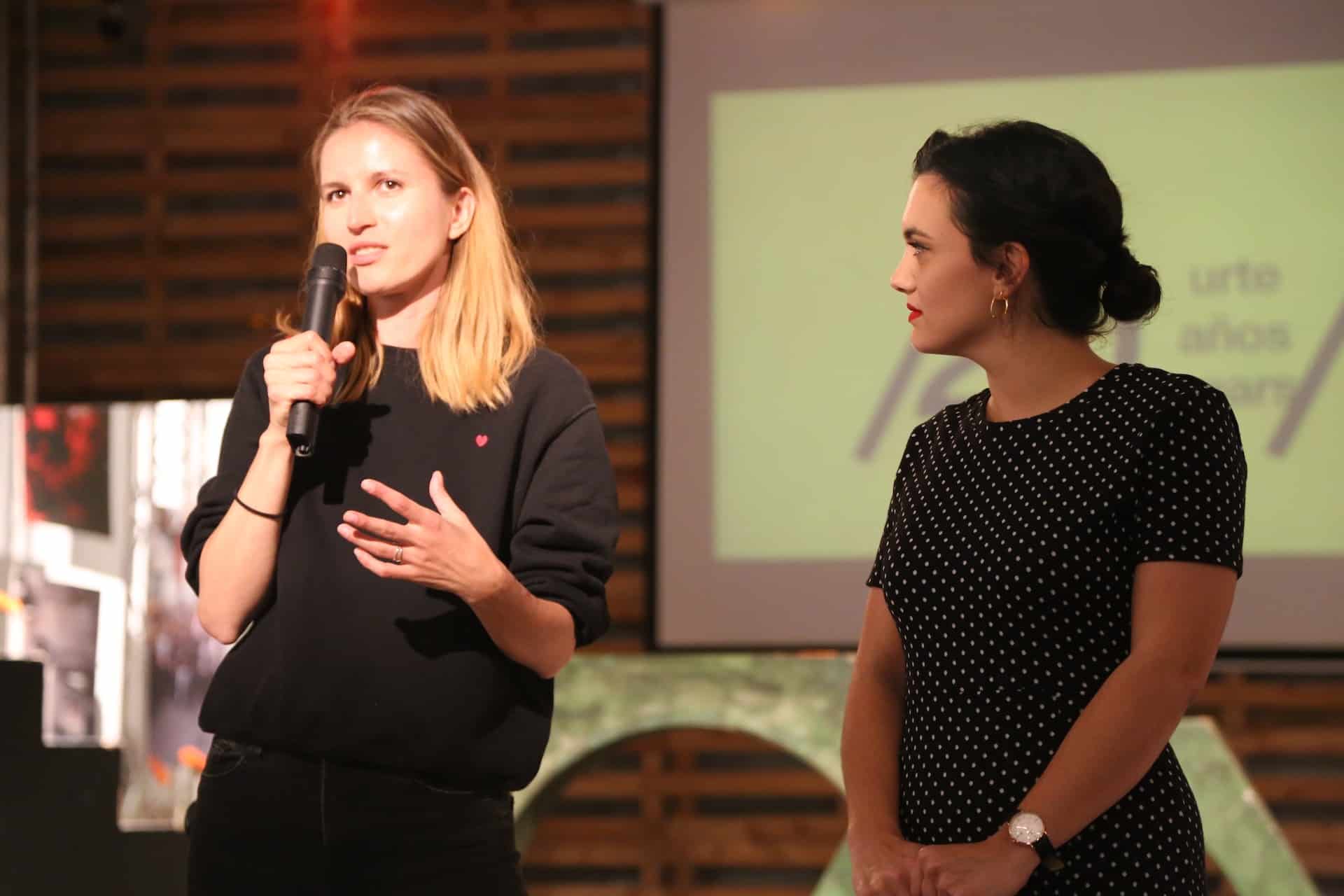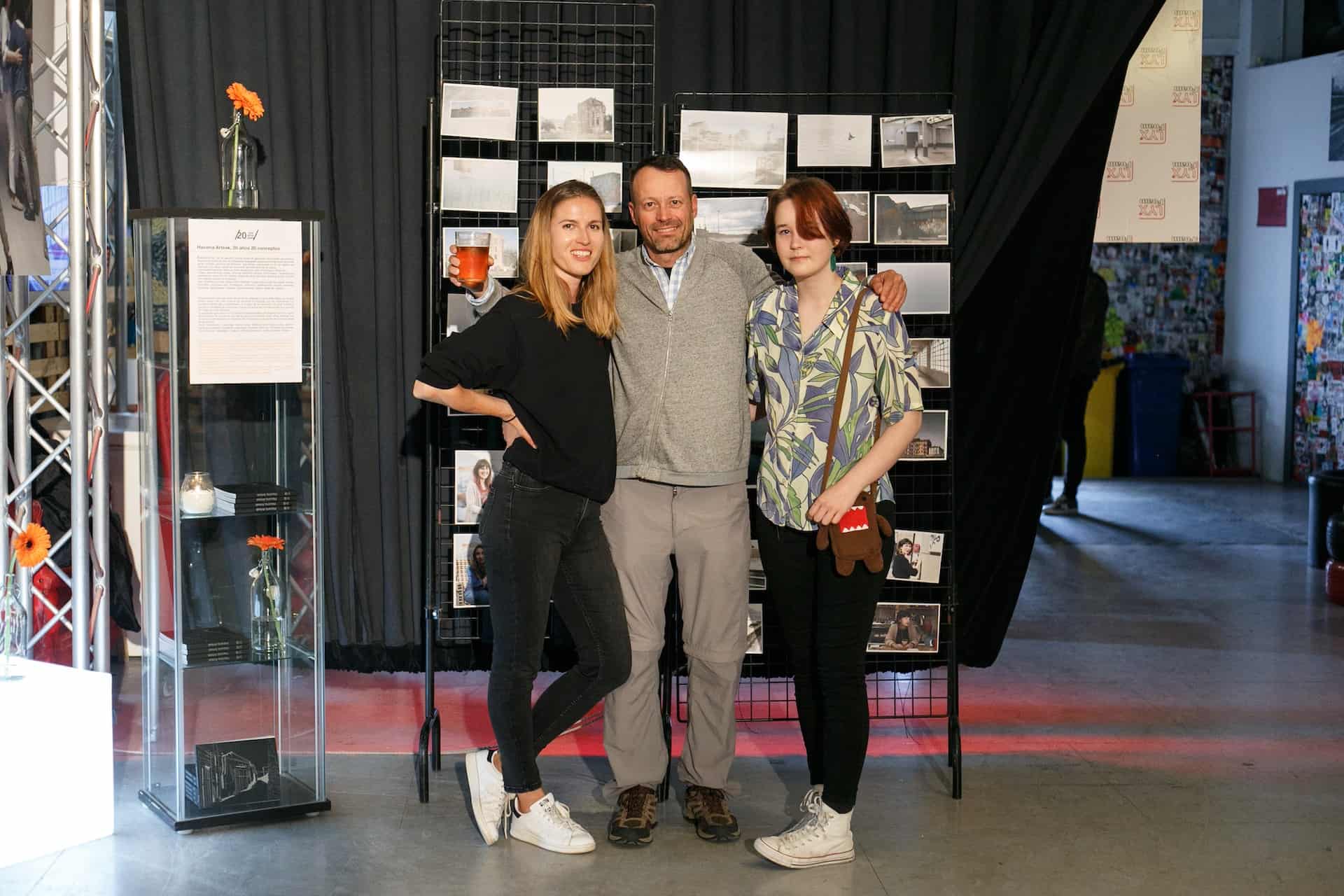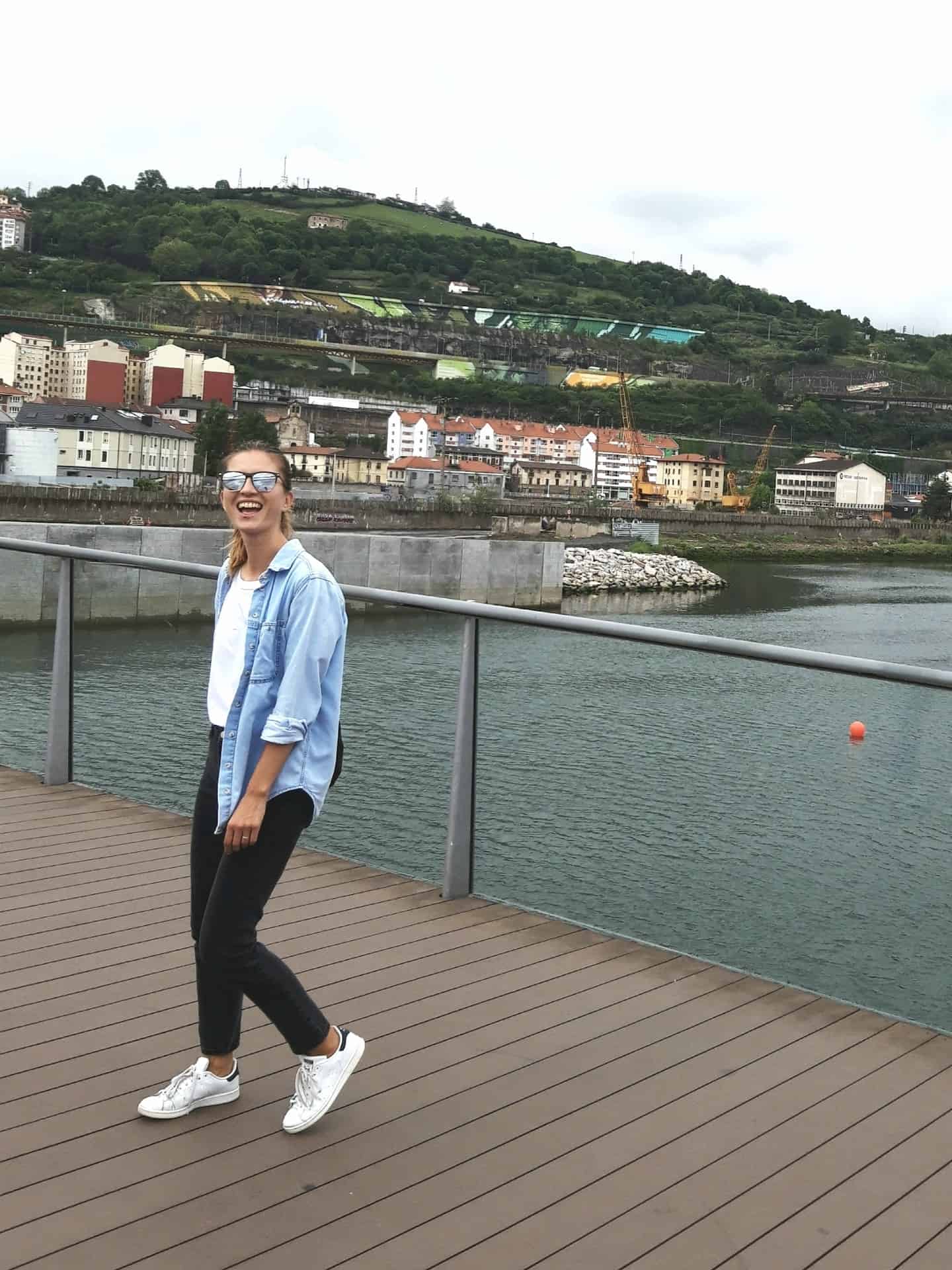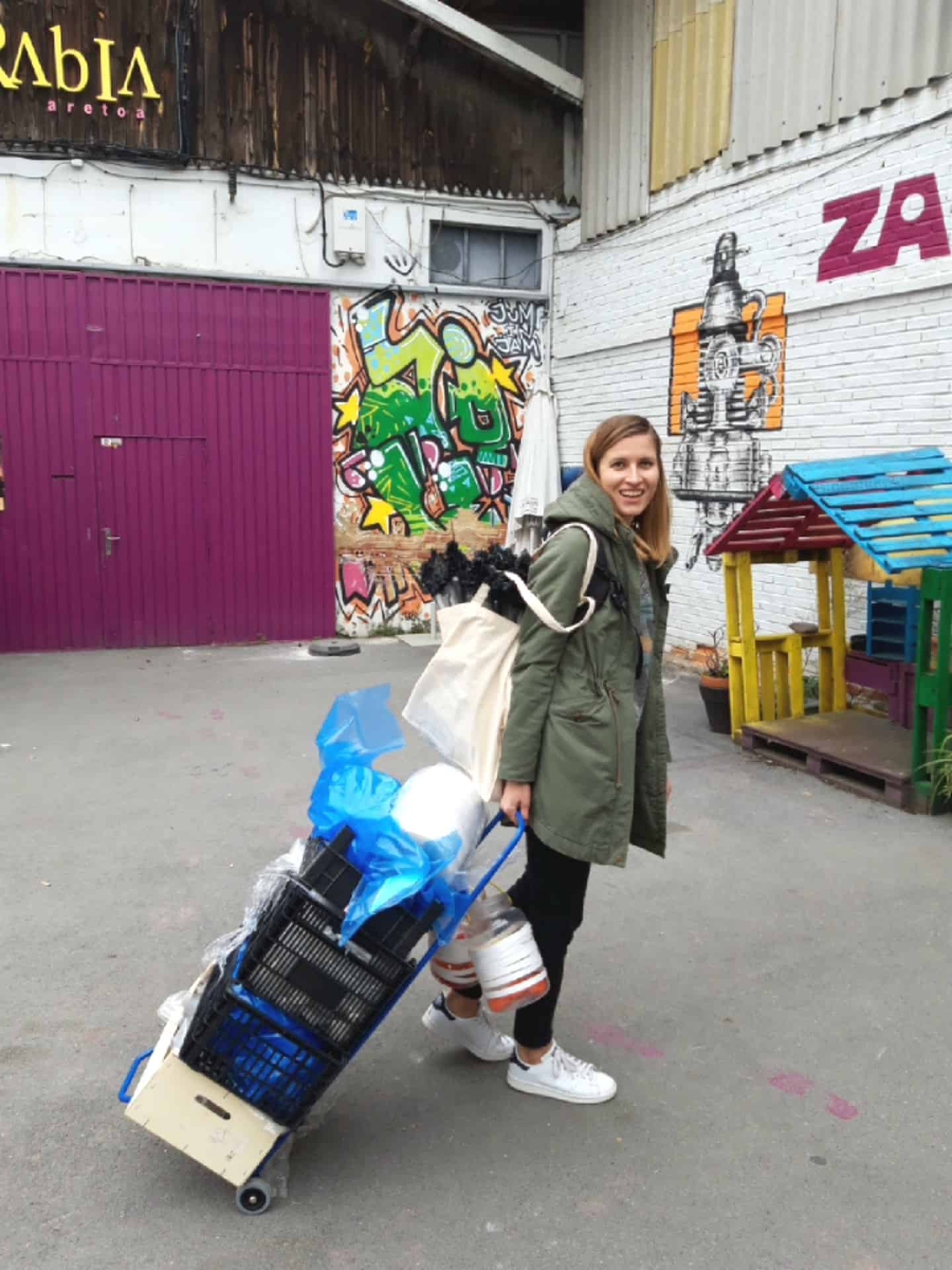She travelled to Bilbao to see how the photography business is in another European country. She gained new knowledge in her field and worked on her first documentary series. During a four-month exchange in the north of Spain, she managed to organise two exhibitions of her own, came up with a project to work on upon her return back home and discovered fascinating differences in values and attitudes. Read an article about one of the participants of our Photo Academy program and the main CIKE photographer – Maja Bodnarová – who went on an exchange thanks to Erasmus for Young Entrepreneurs. Among other things, you will also find out that 30 years from now, Manhattan will be part of Bilbao.
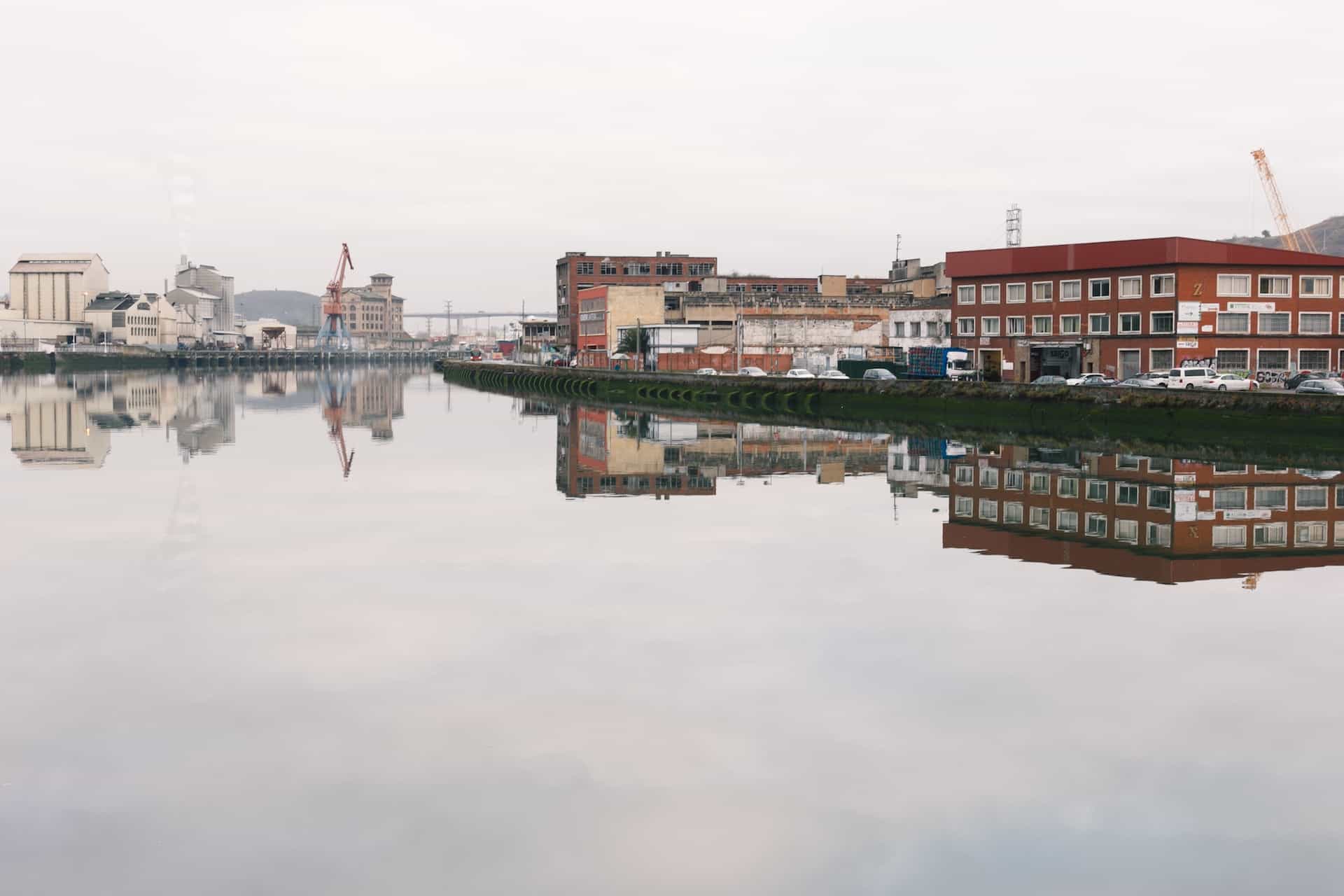
Spanish Manhattan 2050
Once upon a time, ships bringing various goods to the centre of the industrial city sailed on the Nervion River. The peninsula in the middle of the centre was full of factories. According to the latest projects, it will be turned into Spanish Manhattan 30 years from now, with luxury housing and a cultural zone. The city leadership wants to put the empty old halls located there to good use until then, so it offered these places to nonprofit organisations represented by Zorrotzaurre Art Work in Progress (ZAWP). Today, they use these spaces for coworking, concerts, theatres, circus and weekend bazaars. They perceive the culture they create intuitively, in many ways they are alternative and hold a very good standard without focusing exclusively on business.
Na to, čo by ňou chcela povedať, ako ju uchopiť a čo by mala vyžarovať, prišla až po niekoľkých dňoch pobytu v Bilbau.
Maja’s task was to take documentary photos of the ZAWP’s moving process from a hall that was going to be demolished. Moving did not take place in the end, so she started doing photo documentation of concerts, discussions, tours of industrial zones and theatres for the organisation’s social media platforms. She says she knew from the beginning that she wanted to finish her exchange with an art exhibition. She figured out what its direction and message would be several days after she arrived in Bilbao.
„Although we are all Europeans, our values differ.“
Maja Bodnárová
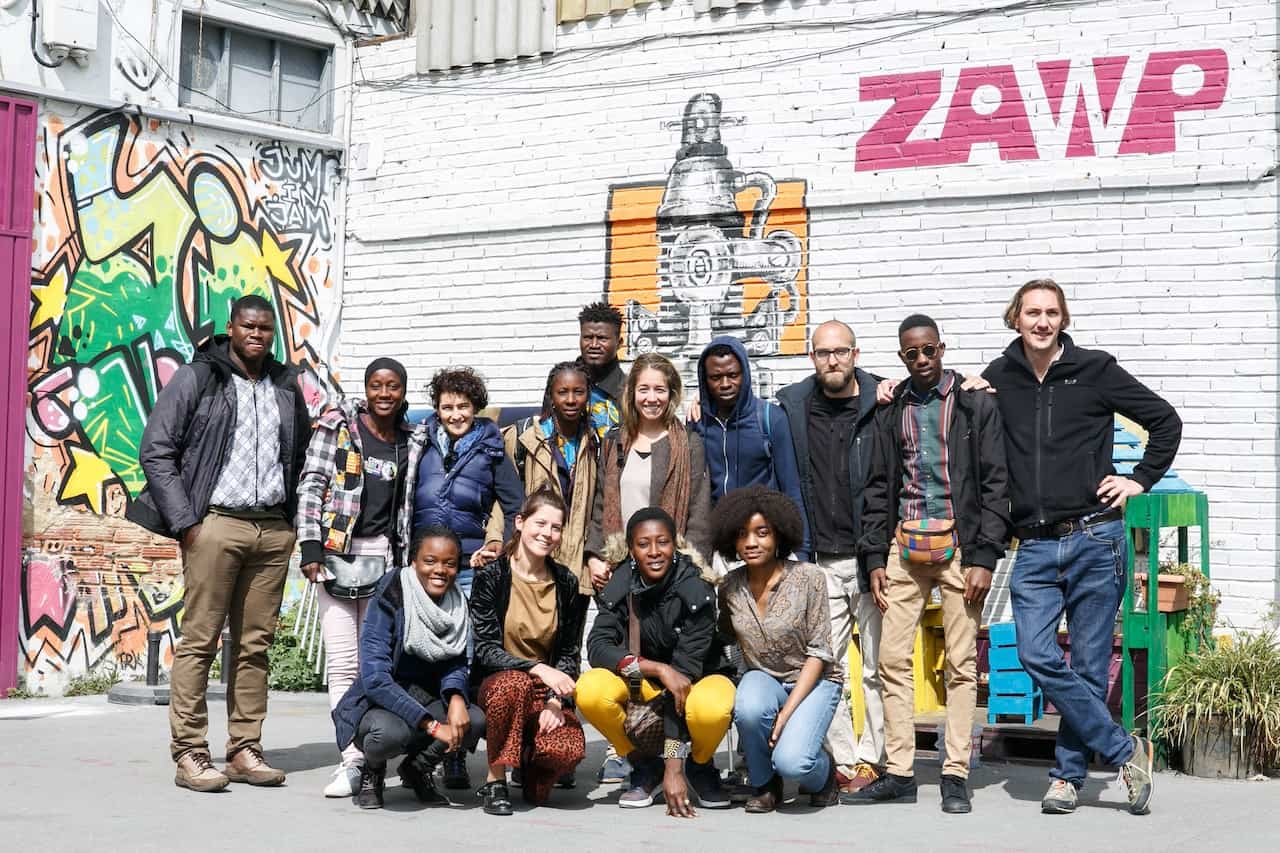
Bilbao – multicultural city of volunteers
In Western European counties, people are used to giving back to the community that has helped them. She says it’s not quite the same in our country. For example, in Bilbao you meet at each step young people who are hanging out with older people in wheelchairs, spending some time together in the parks and taking care of them. The philosophy of their culture has roots in the idea of helping others, regardless of whether they are seniors, immigrants or animals. Many spend their free time volunteering without any prospect of financial reward. Their approach to work, life and values is different. They do many things just because they want to.
The NGO ZAWP, where Maja worked, often organised workshops and discussions with immigrants from Morocco, Algeria and Ghana, many of whom form part of the community in Bilbao. They settled in the multicultural district of San Francisco – which today resembles a little Africa in the middle of Spain. This part of the city is not considered to be a ghetto or dangerous. On the contrary, the tourist centres and guides present it as something you should not miss when you visit the city as you will get to know another culture. “It used to be a place for drugs and prostitutes. Today, there are more police officers than in other parts of the city, but it is a completely safe city area with small galleries, hipster businesses, cafes and restaurants,” says Maja. Latin American immigrants are overlooked. They assimilate easily since they share a similar cultural background and language, and therefore the locals consider them their own. They try to help and integrate Africans as far as possible. They often organise public discussions that bring people together through artistic activities.
“I think that thanks to the energy they spent on coexisting in harmony, immigrants and Spaniards respect each other. I would say they really want to integrate.“
Maja Bodnárová
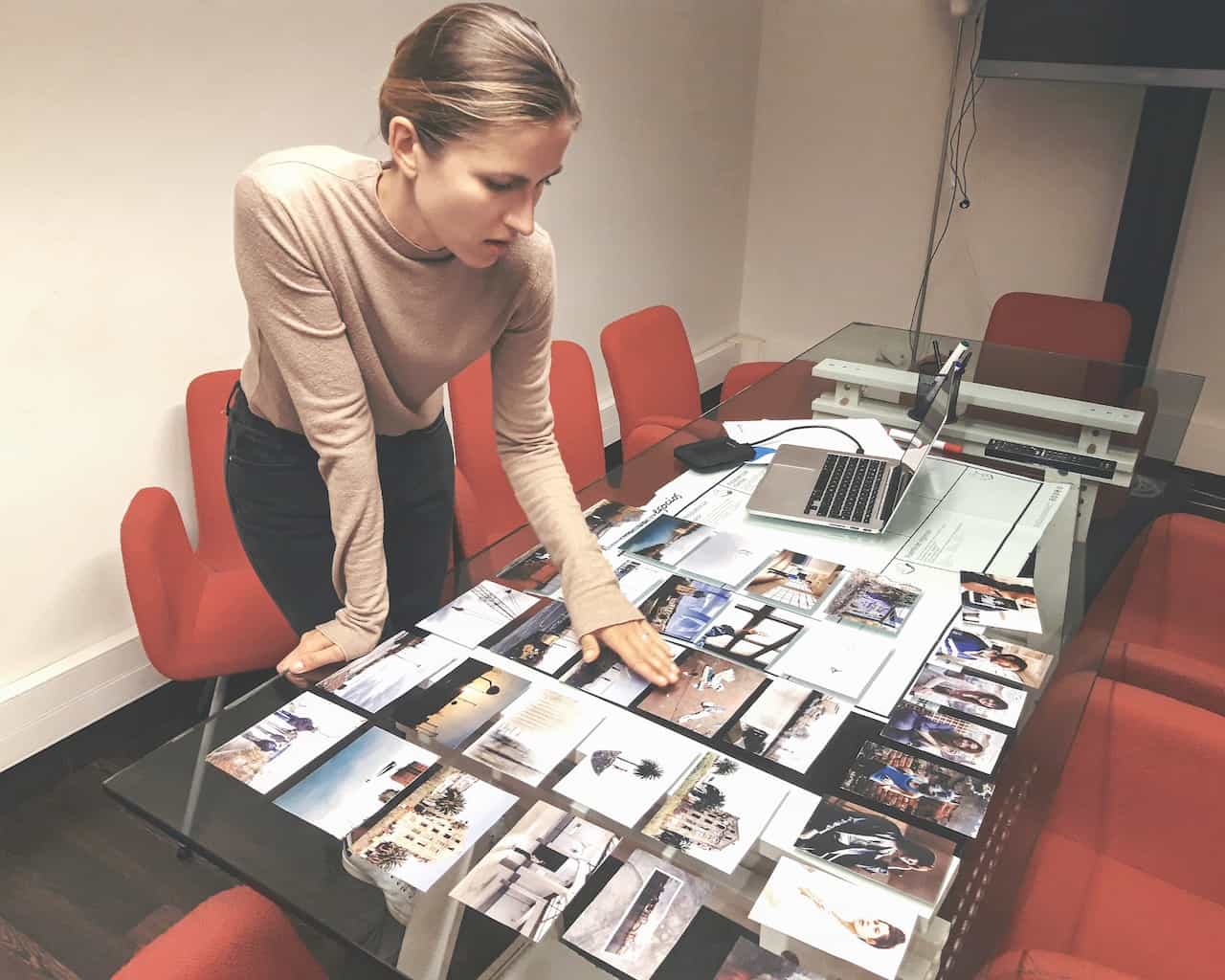
Come, do what fulfils you, and show it to people
On the occasion of International Women’s Day, ZAWP has decided to host an exhibition of female employee’s portraits. This was the first opportunity for Maja to present her work. At the end of her stay, the organisation celebrated its 20th anniversary. There she said goodbye with an exhibition of her four-month work. “Everyone enjoyed that they could find themselves in my photos. I can see some flaws in my work, but I can learn from them and I can begin my second project on a whole new level,” she adds. After making the final selection of the best photos, she plans to exhibit them in Košice as well.
„I’ve already started thinking there about what I could do in Slovakia in addition to commercial photoshoots.“
Maja Bodnárová
Documenting the alternative Brdárka
Besides the motivation, she also brought new ideas from her exchange. In addition to working as a commercial photographer, Maja has decided to work on documentary projects: “One thing is nice photos that sell the product and make the clients happy. However, I want to work on projects that interest me and are more valuable to me.” That’s why she will soon go to Brdárka, a small forgotten village near Rožňava, that was once home to 800 inhabitants. All but the 200 native inhabitants have moved out. Today, a new community of people leading a sustainable and alternative way of life that is in harmony with nature is settling down there. They cultivate the land, breed bees and live a community life, which Maja would like to capture: “I am curious what leads people to leave the city and return back to nature. I want to know why they decided to live a life similar to our ancestors.” She adds that escaping from her own comfort zone will always changes her and opens her mind. That’s why she wants to spend a lot of time in Brdárka and capture as many key moments as possible.

